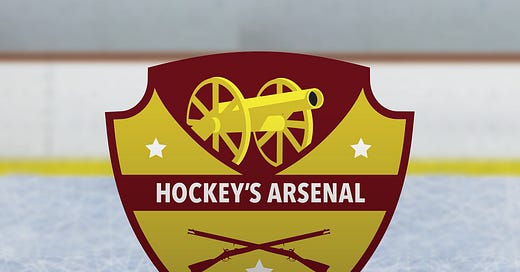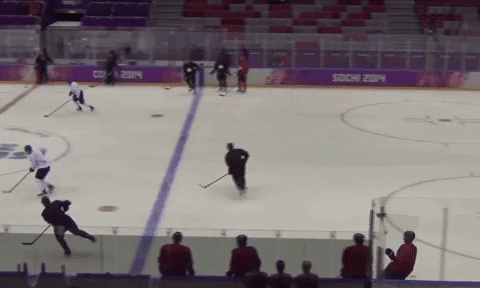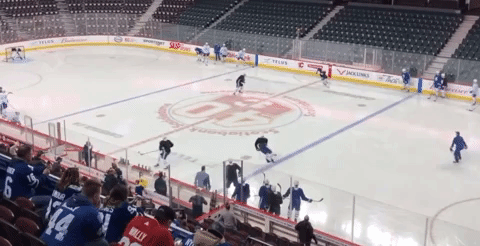Why Flow Drills Suck & Why Coaches Should Throw Away Their Cones and On-Ice Objects
Knowledge of the game vs Knowledge in the game
This is part of a three-part season-starting series:
Part 1: Why 'Practice Players' Exist and How to Avoid Developing Them
Part 2: Why Flow Drills Suck & Why Coaches Should Throw Away Their Cones and On-Ice Objects
If you haven’t done so already, read part 1 first. This piece will make more sense if you do.
Quick memory jogger:
Rote/Blocked Activities and Drills
Processing the Game = “SADE” process
Coupling Perception and Action
Everyone knows a person who they consider to be a hockey genius. They seem to know everything about the game. They have immense knowledge of the game.
Everyone knows a player who they consider to be a hockey genius. They seem to know the best next action within the game. They have immense knowledge ‘in’ the game.
There is a subtle difference, yet when exploring this difference you’ll find it’s actually a massive difference!
Knowledge OF the game vs. Knowledge IN the game
What is the main driving force of the difference?
Perception
The smartest coaches know the game. The best coaches understand knowledge in the game. The best coaches are working to help players perceive the game better and faster. They’re worried about a player’s perception of cues and reads needed to make within a game.
It’s great to learn about hockey IQ and have knowledge of the game, but players really need to insert themselves into an environment where they navigate knowledge in the game.
This perception, anticipation, reading, and decision-making is the difference in why some players are better practice players than game players.
Flow drills eliminate these key elements. Players are following a set pattern and using their technical and physical abilities, but ignoring the most influential pieces. When players are following pre-set patterns or routes, there are no real decision-making or anticipation skills being developed.
Finding activities that allow players to mess around with solutions that work and don’t work is critical to developing hockey players and athletes in general. A good coaching trick is to challenge players to never repeat a solution twice in a row.
Flow Drills In Ice Hockey
A flow drill is a practice activity with no or ‘token’ pressure meant to keep players in motion and moving. These have general set routes and passes for players to execute before taking a shot.
Flow drills do very little to prepare a player for the timing they’ll be required to navigate during a game. Flow drills are actually simply exercises/workouts disguised as “hockey training".” Flow drills for youth hockey players are a waste of time.
Often these drills are built off little or no pressure or are of the ’pinwheel’ variety where players are at the corner of all the bluelines:
Getting Rid Of The Cones and On-Ice Objects
Dynamic defenders are crucial. A cone is not a cue. A training dummy does not alter timing. A verbal or audio trigger from a coach hampers autonomy.
Just because a player knows how to best toe drag or deke doesn’t mean it will translate into a game. The game requires a higher functioning. It requires selection of the appropriate skill at the appropriate time.
The Read: Should I execute this movement?
The Timing: When should I deploy this movement?
Coaches will not successfully teach timing in drills that have no variables that dictate the read and timing of an action!
Timing will not be acquired successfully in drills that have no variables that dictate the time to act.
Coaches Note - Shoutout to my good buddy Joey Nahay, the toe drag king. When I play with him… if there was a problem, a toe drag would solve it… until a knee injury while toe dragging ended his career. You’re forever my teaching story as to why players should lay off the toe-drag when trying to consistently win 50/50% pucks and 1v1 situations.
Related: Improv(ing) Your Team-Play
Further Reading





